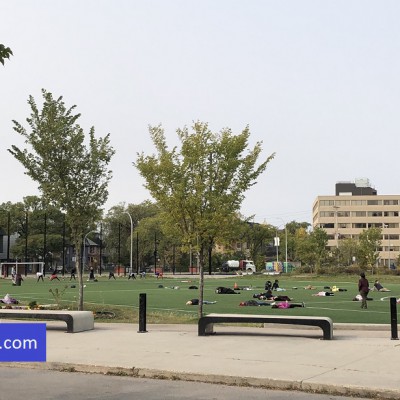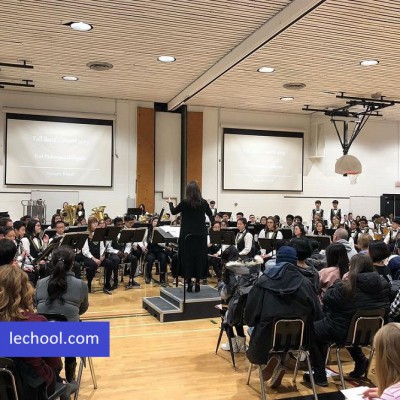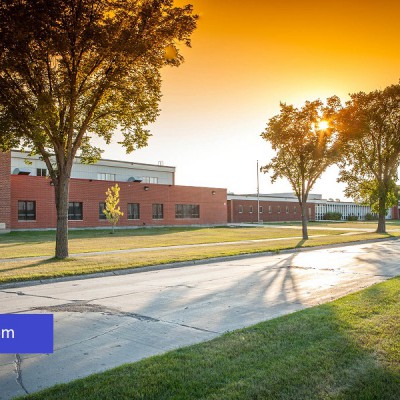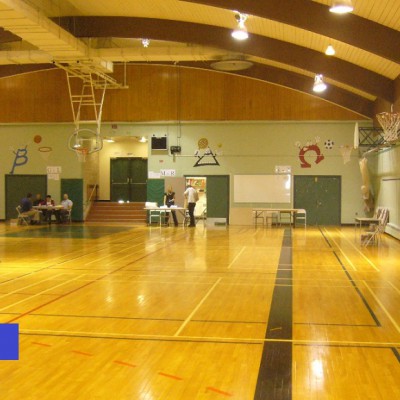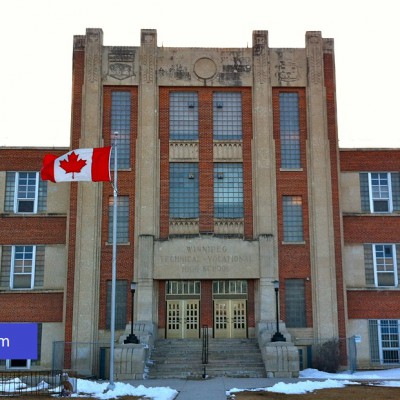Winnipeg is named after nearby Lake Winnipeg, 65 km north of the city. Winnipeg has had several nicknames over the years. It was called “Gateway to the West” when the railroad arrived in the 1880s, and a boom time began. Winnipeg has around 800k population and it is the capital and the largest city of Manitoba. Manitoba covers 649,950 square kilometers (250,900 sq mi) of widely varied landscapes, from arctic tundra and the Hudson Bay coastline in the north to dense boreal forest freshwater lakes and prairie grassland in the central and southern regions.
Winnipeg developed rapidly after the coming of the Canadian Pacific Railway in 1881. The railway separated the North End, which housed essentially Eastern Europeans, from the more affluent Anglo-Saxon southern part of the city. It also contributed to a demographic shift opening shortly after Confederation that saw the francophone community drop from a majority to a small minority group.
Winnipeg has an impressive and inspiring art scene, from the world’s most extensive collection of contemporary Inuit Art to modern canvases covered in spray paint to locally-made handicrafts. Winter activities include the world’s only pop-up restaurant on a frozen river and one of the world’s longest naturally icy skating trails with vibrant warming hut installations designed by architects from around the world.
The climate of Winnipeg is continental, with freezing winters and warm summers. The average temperature of the coldest month (January) is -16.4 °C (3 °F), that of the warmest month (July) is 19.7 °C (67 °F).
The University of Winnipeg is one of the most accessible universities in Canada. Students in Manitoba benefit from the third-lowest tuition rates in Canada. In 2018, a student attending university in Ontario paid an average of $8,838 intuition, while a student in Manitoba paid $4,501.
Winnipeg school Divisions:
- Louis Riel School Division
- River East Transcona School Division
- Seven Oaks School Division
- St. James-Assiniboia School Division
- Winnipeg School Division
- Division Scolaire Franco-Manitobaine (Manitoba-wide Division)
- Manitoba National School Division
- Pembina Trails School Division
